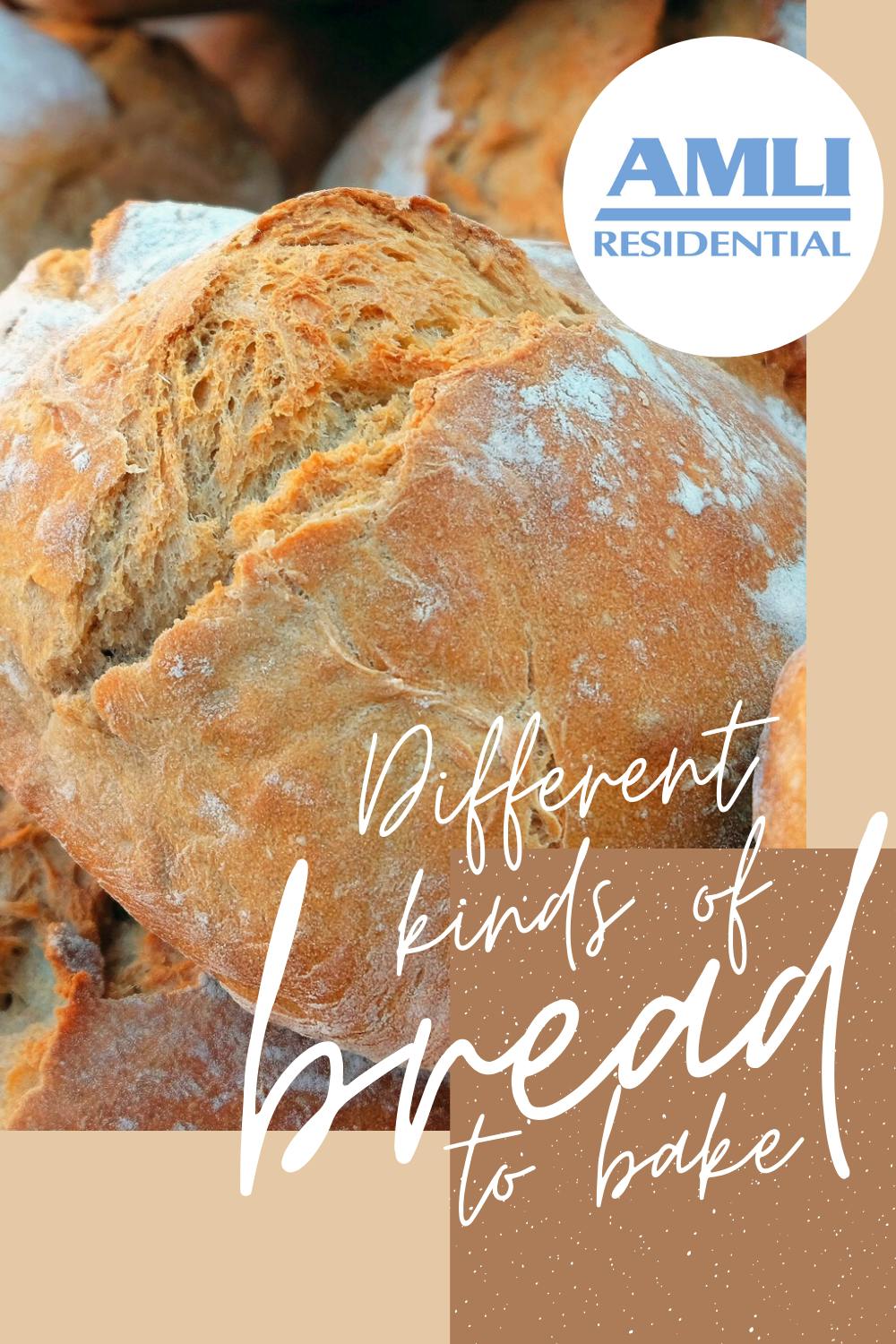You may have seen that flour, yeast and other baking goods have been in short supply these last few months.
Since the nation (and the world) was put on stay-home orders, people have been taking the opportunity to try their hand at all sorts of hobbies — baking being one of them! Store shelves have been empty of practically every kind of flour lately, and even the yeast packages have been in short supply. They fly off the shelves almost as quickly as they arrive, and it’s all because baking bread has become the unofficial pastime of those stuck at home.
The best part about baking bread is that it requires very few ingredients. Most of the time, all you need is flour, yeast and a little warm water! There are recipes that are easier and recipes that are harder, but baking bread has been a part of life through practically all of human history, so hopefully some ancestral inspiration will start flowing through you. Or… whatever.
Basically, it’s not too tricky to master bread making.
Here are a few different bread types to bake!
Ciabatta
If you’ve ever had a panini from a restaurant, then you’ve probably had it on ciabatta bread! "Panini" is actually the plural form of the Italian word panino, which refers to any kind of sandwich, so tuck that golden fact away for your next lunch date.
Ciabatta bread is made using wheat flour, water, yeast, salt and olive oil. It’s left to rise for at least 12 hours to ensure the structure is airy and light, then the crust is lightly sprayed with water during baking to give the crust its chewy golden shell.
Fun fact: Thomas Edison invented the panini press in the 1930s because 1) he just wasn’t satisfied enough with all his other revolutionary contributions, obviously, and 2) because he wanted to find a way to toast both sides of the bread at once. Thank you, Thomas. You’ve done it again.
Here’s a great recipe for Ciabatta bread!
Sourdough
Sourdough is a wacky kind of bread. It’s grown (yes, grown!) using a sourdough starter that has the potential to last generations.
Sourdough starters are fermented mixtures of flour and water. They take the place of yeast as a raising agent because of the natural fermentation that occurs, and adding a little starter to a bread mixture is what gives the bread its height and structure. It performs the same task as a SCOBY does for kombucha. A sourdough starter can last years if looked after correctly with the occasional additions of fresh flour and water.
Sourdough bread has a fairly thick crust and a soft, chewy center. It’s a bit of a challenge to get the starter going, but making the bread is pretty easy. The sour smell of the starter is what gives the bread its name, but the baked product is fresh and not sour at all.
Here’s a great recipe for sourdough starter and sourdough bread!
White
White bread is the bread that you are most used to eating regularly, as it’s also commonly referred to as sandwich bread. It's fairly easy to bake and makes for a great base to other tasty recipes like cinnamon swirl bread or herb bread.
White bread is a little sweeter than other breads because of the extra sugar, butter and milk added to the mix, but there are plenty of ways to adapt the recipes once you find what you like best.
This recipe for white bread is great for making sandwich bread and other variations of white breads!
Focaccia
If you’re looking for an impressive addition to your next Mediterranean meal, look no further. Focaccia bread is a flat bread similar to pizza dough. It’s generally served plain as a snack with olive oil and rosemary, but can also be used as sandwich bread or as an appetizer with tomatoes and basil.
The bread dough is first rolled onto a sheet pan, coated with olive oil and left to rise for a few hours. After the dough has had time to rest, bakers musk use their fingertips to press little dimples into the dough before sprinkling rosemary over it and baking it at a very high temperature. The result is a soft, golden dough that has great flavor and aeration.
Here’s a recipe for focaccia bread that will make you feel like a real Tuscan chef!
Baguette
You’ve probably encountered more than a few baguettes in your time. These long, thin loaves of French bread are an iconic sandwich and soup addition, as well as being a great challenge for bread bakers.
Baguettes got their name from the Italian word bachetta, which means “baton.” The long, baton-shaped bread loaves grew popular around World War I when French bakeries found that it was easier to prepare baguettes the night before, since they needed all night to rest. When the morning rush of patrons arrived at the bakeries, the crusty loaves would be warm and ready for them.
Baguettes have only four ingredients: flour, water, yeast and salt. Easy, right? Well, the perfect baguette is made with a careful process of rising, resting, shaping and baking. It’s not impossible, but it does take a little more dedication and patience.
Here’s a recipe for crusty French baguettes that is fairly easy and doable!
Whatever bread you decide to bake, remember that making the perfect loaf often comes down to trial and error. Don’t get discouraged if your dough doesn’t rise properly the first time around or if the crust isn’t golden enough. The beauty of bread is that it requires few ingredients and is a very approachable food to bake. Tweak your recipes, try new ones or make up your own! You’ll be surprised at what you learn along the way.
Enjoy!
Pin it!

Featured photo courtesy Pixabay/Couleur


 View All Posts by Colleen Ford
View All Posts by Colleen Ford